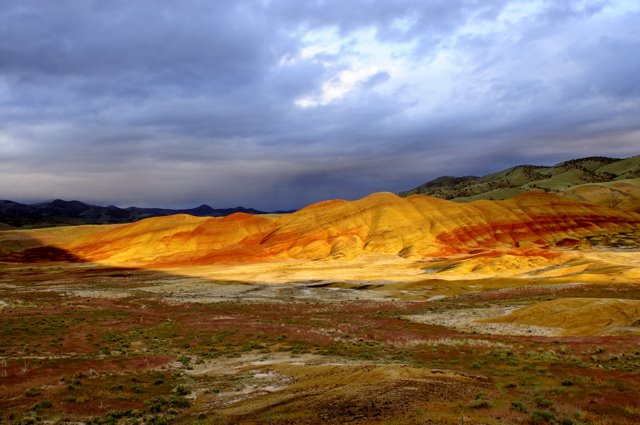 You need to plan ahead if you want to increase you chances of getting better than average shots. It helps if you know how to frame an image or how to arrange your subjects, but the real key to great photography is planning your shots ahead of time.
You need to plan ahead if you want to increase you chances of getting better than average shots. It helps if you know how to frame an image or how to arrange your subjects, but the real key to great photography is planning your shots ahead of time.I do this by doing reconnaissance trips, with a camera, through the area I intend to come back to. The first time through an area is when everything will be the most interesting to you. Your inspiration will be at it's peak and you will get some of your favorite images now. Use your best camera at its highest quality setting.
Once you have a chance to review you work you can decide and plan how you will do your next photo trip. You should know what subjects you want to work on, where they are located, and when the light will be just right for your work. You will also know how you want to frame your shots, what to include or what to leave out, what depth of field you might want and so on.
As a rule I've learned to take lots of pictures of each subject from different angles, widths, and distances the first time I see it. My inspiration is always highest then and I am usually most creative too. Then, as I review all my images later they will either seem "complete" or they will cause me to look for answers to questions. If I feel that they image is "incomplete" or doesn't finish the "story" I will try to shoot it again and make it right.
The image above is a perfect example of what I am talking about. It is a beautiful desert scene of the Chocolate Mountains in the background and a brilliant Ocotillo plant in the foreground. Depth of field and focus or clarity are all good. Composition is properly arranged and so on but something is missing. For me it's the "foot" of the Ocotillo. It's been cropped off in the camera during the initial shot.
Now I know what I want to work on next time out. I just need to decide when I should be there. I'll let the creative juices that inspire me again at the time, but at least a few shots will include the foot of that Ocotillo plant.

No comments:
Post a Comment